On the morning of Jan. 7, Los Angeles was forever changed when the Malibu neighborhood of Pacific Palisades went up in flames.
A critical fire weather alert was issued, followed by a state of emergency declared as the fire quickly jumped to over 2,900 acres.
Evacuation orders rolled out, along with over 400 firefighters who were deployed to the Palisades. Even so, the fire exploded as the Santa Ana winds picked up. Over 1,000 structures were destroyed overnight and many who did not evacuate were left injured, all in the span of less than 24 hours.
Although the flames have since been extinguished, first responders and community members are working tirelessly to hold L.A. together as there are still so many questions left unanswered.
Fresno Fire Throws a Rope
When hell like this breaks loose, the California Mass Mutual Aid program rapidly comes into play. Every fire department that participates in the California Mass Mutual Aid program will receive resources when needed, but will also send them when they’re needed elsewhere. For example, the Los Angeles Fire Department came to the Central Valley to help during the devastating Creek Fire back in 2020. This time around, Fresno Fire returned the favor to Los Angeles County.
At least 40 Fresno firefighters were deployed to Pasadena and Altadena – a little over 10% of the entire department.
Fresno Fire Public Information Officer, Jay Tracy was assigned to the Eaton Fire. The incident that Tracy was on was at the Rose Bowl in Pasadena.
“Every morning, we would have our briefing,” Tracy said. “So you’d have hundreds and hundreds of firefighters and dozer operators and hand crews and different personnel that were going to be deployed out into the field that day to work would meet right under the Rose Bowl sign.”
“The Rose Bowl is more than just a stadium,” the sign reads. “Preserve the legacy. Enhance America’s stadium. Create an everlasting impact.”
Although the stadium was empty, the New Year’s game was so recent that the teams were still painted on the field. Tracy couldn’t help but find the football teams that had just played there somewhat analogous to the work of the fire service.
The same way that football players constantly train to be bigger, stronger, faster and in the best shape they can be, firefighters have to do the same. They have a whole team of support staff: coaches, specialty trainers and nutritionists and all of these different people in their environment to help them perform at their absolute best, just like firehouses with their administration, chiefs and other support functions. Mainly, they both strive to do better every single time they head out- whether it’s stepping out of the locker room and onto the field, or running headfirst into a house fire. They both pour their blood, sweat, and tears into everything they do, because it makes a difference for them- into the outcome of a game, or into the outcome of an emergency.
“The only thing is, all the guys on that Ohio State team, they want to go to the national championships and it’s weird to say- we will go, but we don’t want to go,” Tracy said. “Because we realize the impact that is us going to the Eaton fire, us going to the Palisades fire. It usually means that there’s a lot of people whose lives are going to be affected forever.”
Tracy spoke to many people whose homes were destroyed by the fires, including something he is unfortunately no stranger to. Hundreds of times, he’s watched firefighters attempt to mitigate the damage and losses, salvaging as much of these people’s lives as possible while fighting the flames.
“But down there, talking to people, it’s like, ‘Hey, I lost my home, but I also lost my kids’ school, and I lost our church, and I lost the grocery store that we go to, and I lost the gas station and the place I stop and get my coffee,’” Tracy said. “And I think the magnitude of the loss to that whole community was far greater than anything I’ve ever experienced.”
Multiple fires broke out across Malibu, Altadena, Westwood and Pacific Palisades within L.A. County. These rapid, uncontrollable blazes were extremely destructive in nature and could cost up to $275 billion in economic losses and rebuilding, according to AccuWeather – making them some of the most costly natural disasters in United States history.
Campus chaos
Within the first week, at least 10 colleges in the L.A. area closed down, cancelling classes and providing shelter during the state of emergency right before the start of the 2025 spring semester.
Gabrielle Salgado is a senior at Pepperdine University, whose campus was literally centered around the chaos. The fire burned completely around their school, the hillsides on campus still recovering from the Franklin fire just a month prior.
The Pepperdine semester started Jan. 13, just a few days after the Palisades fire ignited, and the first few weeks of the spring semester for all of the schools in L.A. County were in limbo.
For Salgado at Pepperdine, it meant her semester would be off to a rocky start, bouncing back and forth between online and in-person classes. The main roads to get to campus, Pacific Coast Highway and Malibu Canyon Road, were both closed.
“There was a lot of uncertainty on whether we were going to be able to come back to campus- if it was even safe to come back to campus- because if the fire was going to get closer, what the air quality was like, so a lot of students were nervous,” Salgado said. “I know I was nervous.”
Pepperdine is a shelter-in-place campus, meaning that it doesn’t evacuate during fires, even when its surrounding areas do. This is because the campus is fire-resistant, designed with fire safety in mind. For example, campus roads provide natural fire breaks, and buildings are constructed with fire-resistant materials.
Although Pepperdine’s campus may have evaded the flames, its community was left singed by the aftermath.
“When tragedy happens here in Malibu and for Pepperdine, it really rocks the entire community,” Salgado said. “There have been a lot of students that have lost their apartments, or even students that are from Pacific Palisades, that have lost their homes, or from the Altadena area, that have lost their homes from the Eaton fire. So a lot of students are impacted.”
Sam Mulick, a sociology student in his fourth year at the University of California, Los Angeles, struggles to describe the immensity of the impact the fires have had on his community. To him, it will alter not only the way he will remember his city and his experiences, but the entire course of Los Angeles’ history.
“I think for us, it was particularly relevant and somewhat surreal, just because the Pacific Palisades is down the street from us,” Mulick said. “The Palisades is as much a part of our community as Westwood and Santa Monica is, and lots of students live in the Palisades. Lots of students live in Altadena and Pasadena.”
Within the first few days of the fires, Mulick describes what he called a mass exodus from the dorms, where over 10,000 UCLA students live.
“In the coming days, there were less than 1000 students left on The Hill, and that’s where all our dorms are situated, we call it The Hill,” Mulick said. “You just have to imagine Westwood becomes like a ghost town, and the only people who are walking around are essential workers wearing masks.”
Many members of the UCLA community had to drive back to the Palisades to retrieve their pets and personal belongings on that first day. Some were unable to access their homes for weeks. Some were forced to evacuate with little to nothing and were left with no home to return to.
“It’s one thing when you hear about a disaster, and then it’s another thing when it is literally down the street from you,” Mulick said.
The entire community of Westwood came together, utilizing its small businesses, providing free food and services.
Westwood Recreation Center, about a mile away from UCLA’s campus, was quickly designated an emergency shelter with Red Cross resources for displaced people. Mulick saw firsthand just how many affected locals were there seeking solace.
“The people I spoke to were not worried about themselves,” Mulick said. “They were worried about their community and their neighbors and their pets and their family. I spoke to people who did not know if their house was standing, who did not know if their pets made it out, who did not know if they were ever going to see their neighborhood again, who lost the place they worked at for years and years.”
Salgado and Mulick both work for their university newspapers, Salgado as the managing editor of the Pepperdine Graphic and Mulick as the features and student life editor for the Daily Bruin.
They both agree that covering the fires for their communities has left a lasting influence on their perspective as journalists. Grasping the severity of their roles in providing timely and accurate breaking news while being conscious and empathetic of people who have been through the unimaginable was expressed by them both as something they would look back on for the rest of their lives.
A scorching impact
From Jan. 7-31, Southern California was ravaged by flames and smoke. In those three weeks, the fires burned over 57,000 acres of land in total. Fire destroyed more than 16,000 homes and structures. It displaced hundreds of thousands of people under evacuation orders and took the lives of at least 29 people.
The fires, including but not all being the Auto Fire, the Border 2 Fire, the Hughes Fire, the Eaton Fire and the Palisades Fire are all now 100% contained. Even so, the rebuilding of the affected communities will take years of work, billions of dollars and substantial resources.






Jason Ruyle • Feb 27, 2025 at 9:56 am
Well written and educational story. Thanks!